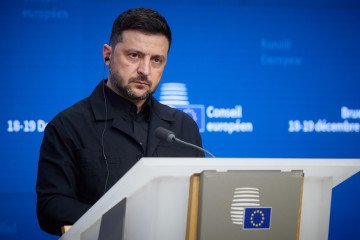- Category
- Latest news
Putin’s New Nuclear Submarine “Perm” to Carry Hypersonic Missiles That Strike at Mach 9
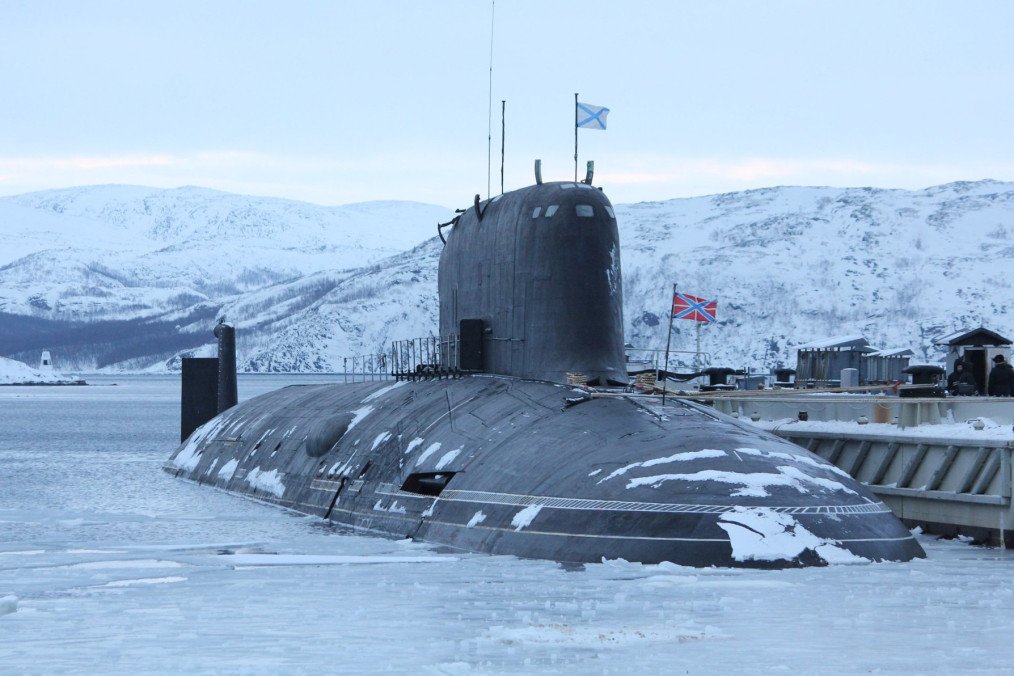
Russia’s latest fourth-generation nuclear-powered submarine, “Perm”, will be the first of its kind to be officially equipped with the Zircon hypersonic cruise missile, according to documents prepared for President Vladimir Putin’s visit to the Murmansk region, Russian media Interfax reported on March 27.
“Among the nuclear submarines of the 885M project, ‘Perm’ will be the first standard carrier of the Zircon hypersonic cruise missile, and as a result, the submarine’s design will differ slightly from its predecessors,” the documents state.
The “Perm” is a multi-purpose nuclear-powered attack submarine, part of Russia’s Yasen-class fleet. It is the sixth submarine in the Yasen (885) and Yasen-M (885M) projects, currently under construction by the Sevmash shipyard. The submarine was laid down on July 29, 2016.
“Today, our submarine forces—one of the branches of the Navy—are undergoing dynamic development. They include strategic missile carriers, which form the backbone of our country’s naval nuclear deterrence, as well as multi-purpose nuclear and non-nuclear submarines. They are equipped with the full spectrum of modern weaponry, including Zircon hypersonic missiles,” Russian Navy Commander-in-Chief Admiral Alexander Moiseev said.
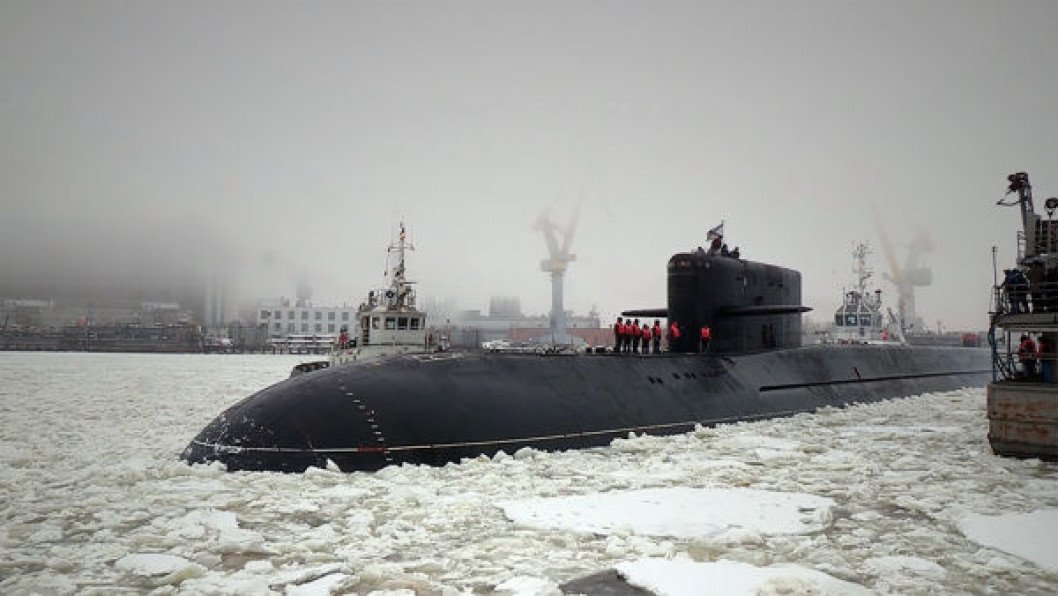
The Zircon hypersonic cruise missile was developed by Russia’s Tactical Missiles Corporation (KTRV). According to official reports, the first platform to carry the missile was the Northern Fleet’s frigate “Admiral Gorshkov”.
In December 2021, the Northern Fleet’s press service reported that the Zircon missile had been successfully test-fired twice from a submarine.
Russia had previously announced plans to equip Yasen-M nuclear submarines with Zircon missiles, alongside their existing Onyx and Kalibr cruise missiles.
In February 2019, Russian leader Vladimir Putin stated during his annual address to the Federal Assembly that the Zircon missile would be capable of striking both land and naval targets at a range exceeding 1,000 kilometers, traveling at speeds of approximately Mach 9 (nine times the speed of sound ).
Zircon hypersonic missile: Russia’s “unstoppable” weapon that Ukraine has stopped
The Zircon is a hypersonic winged anti-ship missile designed for launch from submarines and warships. This missile is reportedly capable of striking targets on a distance of up to 1,000 km, reaching speeds up to 11,000 km/h (Mach 9), and features a warhead with up to 400kg of explosives.
Touted as one of Russia’s most advanced and secretive weapons, Zircon was first used in combat during Moscow’s full-scale invasion of Ukraine, with reported strikes in 2023 and 2024.
However, analysis of missile debris suggests that some of its advertised capabilities may have been exaggerated.
Despite Russian claims that Zircon is impossible to intercept, Ukraine has successfully shot them down using Patriot air defense systems.
On March 25, 2024, Russia launched two Zircon missiles in an attack on Kyiv’s city center, reportedly targeting the SBU headquarters and Zhuliany Airport. The missiles were fired from Crimea, either from the Object 100 missile base or a K-300P Bastion-P launcher.
While Russian state media claimed both projectiles hit their intended targets, Ukraine reported that its air defenses intercepted them. Ukrainian media later published photographic evidence of the alleged remains of a Zircon missile.
According to Major Illia Yevlash, a spokesman for Ukraine’s Armed Forces, Patriot and SAMP/T air defense systems are capable of intercepting Zircon in its terminal phase, when the missile slows down to approximately Mach 4.5 before impact.
-9e8153966a6e91f02831add015d29413.png)
Earlier, reports emerged that Russia was developing a satellite capable of carrying a nuclear weapon, according to the latest Annual Threat Assessment released by the United States intelligence community.
The report, cited by Sky News on March 25, warns that such a system could have “devastating consequences” for both the United States and the broader international community.
The assessment also notes that the ongoing war in Ukraine has provided Russia with extensive insights into Western weapons systems and intelligence-gathering capabilities.



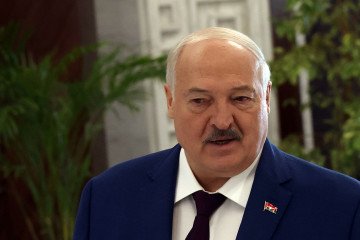
-72b63a4e0c8c475ad81fe3eed3f63729.jpeg)
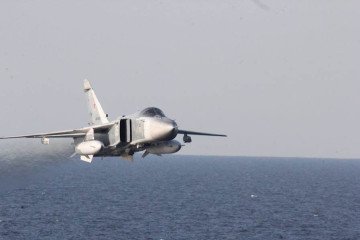
-111f0e5095e02c02446ffed57bfb0ab1.jpeg)
